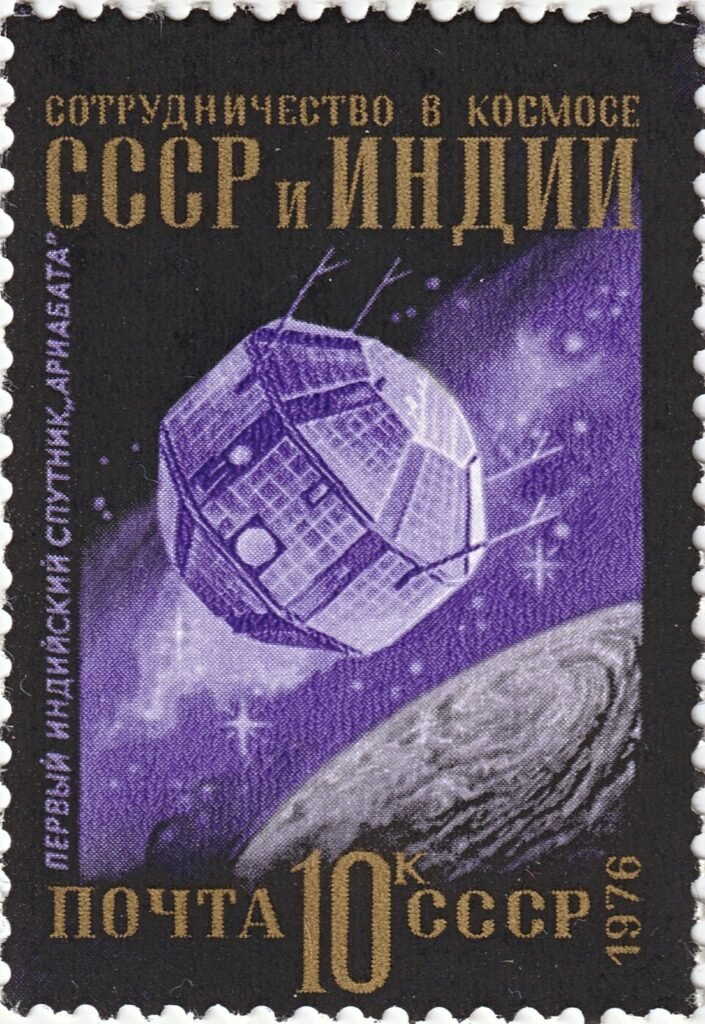Fifty years ago, from a distant Soviet launch facility, a small, polyhedral satellite weighing just 360 kilograms ascended into space. On 19 April 1975, a moment quietly unfolded that would go on to reshape India’s destiny. The satellite, named Aryabhata, didn’t remain operational for long—only a handful of days—but the symbolic and strategic value of that brief mission proved immeasurable. It marked not just the birth of India’s space programme, but was a bold assertion that a young, developing nation could chart its own path to the stars.
Despite being technically modest, Aryabhata represented a major psychological and scientific leap. For a nation barely three decades removed from colonial rule, still entrenched in struggles against poverty, illiteracy and infrastructural underdevelopment, this was no small feat. Aryabhata didn’t transmit breathtaking images of Earth or conduct groundbreaking scientific research. In fact, a power failure ended its primary mission just five days after it launched. Yet, it managed to do something far more important: it ignited belief. It was a statement—not just to the world, but to India itself—that the country could dream big and, more importantly, realise those dreams through science, technology and sheer will.
THE NAMING OF ARYABHATA
The satellite’s name carries powerful cultural symbolism. It was named after Aryabhata, the ancient Indian mathematician and astronomer who lived during the fifth century CE. Indian Space Research Organisation’s (ISRO) project management board recommended three names for this satellite before its launch. The first was Aryabhata; the second, Mitra, which signified the friendship between India and the Soviet Union; and the third, Jawahar, inspired by the spirit of independence. These three names were presented to Prime Minister Indira Gandhi, and she chose Aryabhata.
ARYABHATA’S LAUNCH

The launch date for Aryabhata was fixed for 19 April 1975, but the next day was reserved as well, in case of delays due to any technical or non-technical reasons. One interesting thing happened as a result of this. The Indian postal department had been asked by the government of India to print a commemorative stamp on the satellite, on its launch date. Since ISRO was not sure about the exact date, they asked the postal department to print the stamps for both days. So, the postal department spent double the amount for the same stamp, and when Aryabhata launched on its scheduled date, the stamps made for the next day had to be destroyed. Aryabhata became the forerunner of the Indian space programme and provided ISRO with the confidence to come up with 150 state-of-the-art application satellites for communication, remote sensing of natural resources and meteorological investigations.


